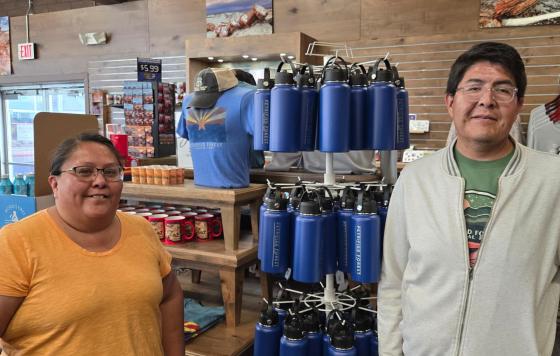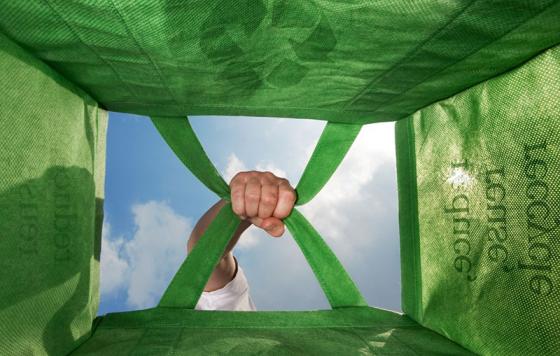
It’s spring in Minnesota, and starting or re-starting a compost pile is a great project that will reduce waste in your home and improve the quality of your garden soil.
Here are some easy tips to get composting this year:
- If you don’t have a compost bin yet, check with your county or city. You can usually purchase a bin directly from the county.
- There are also some great YouTube tutorials if you want to build a compost bin from scratch.
DO Compost:
- Yard waste, including grass clippings, plant trimmings and leaves
- Kitchen waste, including fruit and vegetable scraps, coffee grounds, egg shells
- Small amounts of wood chips, wood ash, small sticks, sawdust
- Organic materials that can add to nutrient level, like bone meal, blood meal, etc.
DON'T Compost:
- Meat and dairy attract critters and don’t break down well
- Fats and oils won’t break down
- Pet waste can potentially carry pathogens
- Weeds with seeds or Invasive Plants you may spread them further
- Compostable to-go containers only compostable in certain large commercial composting facilities
Keep in mind the four basic ingredients to good compost:
carbon
nitrogen
oxygen
moisture
Generally you want 3 parts “browns” (carbon) to 1 part “greens” (nitrogen). Browns are materials like dried grasses and leaves, twigs, sawdust, and the like. Greens are your fruits and vegetable scraps, grass clippings, green leaves, and coffee grounds.
If your pile has a bad odor, it may lack circulation or may be too wet - turn the pile or add dry brown material. If your pile is not heating up, add more green material.
Composting is a great way to reduce your household waste and has the kind of nutrients that will help your garden or plants thrive. For even more information, you can check out this Minnesota composting reference page or contact a Minnesota Master Gardener here!


